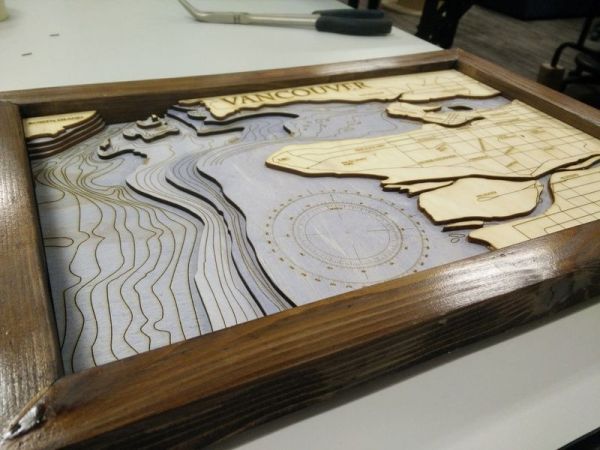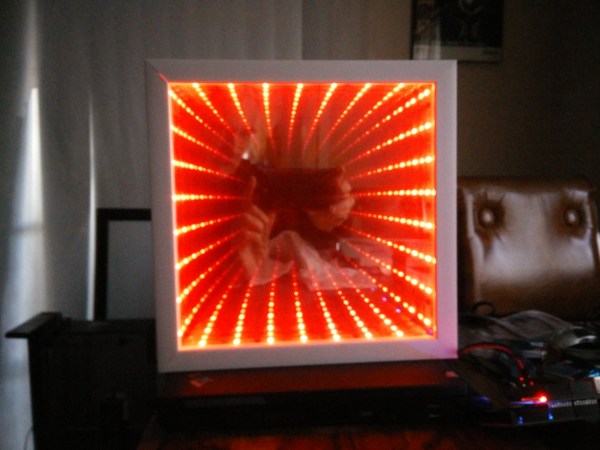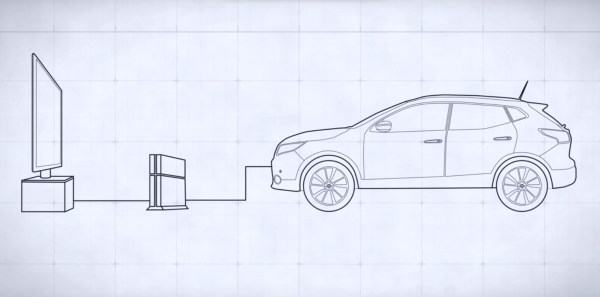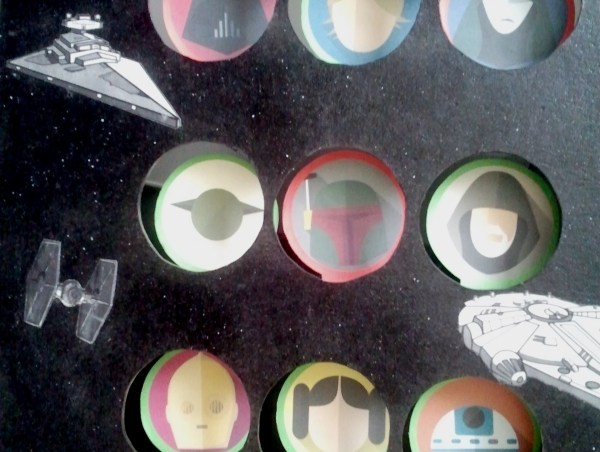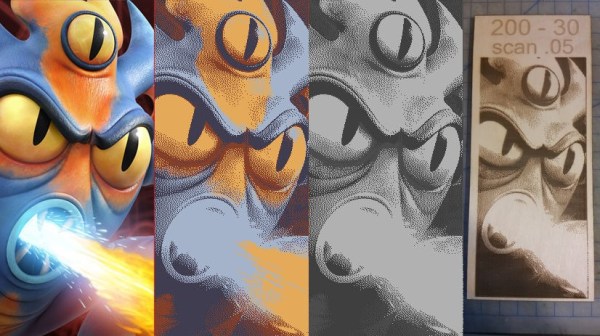Ah nuts, I lost my car jack again. What will I do? Well, why not 3D print a new one?
Uploaded to Thingiverse earlier this week, this design allows you to 3D print a fully functional car jack — provided your build platform is large enough. It’s actually a bit of a promo for the Cheetah 2, a massive modular 3D printer by [Hans Fouche]. Earlier this year we shared his 3D printed lawn mower; which spoiler, also works.
The neat thing about the Cheetah 2 is that it doesn’t use filament. It actually processes plastic pellets right inside the hot end, allowing for much cheaper material — typically dollars on the kilogram, as opposed to the $30+/kg we’re all used to being gouged on. Of course, you could also make your own filament. Continue reading “A 3D Printed Car Jack? No, Seriously!”

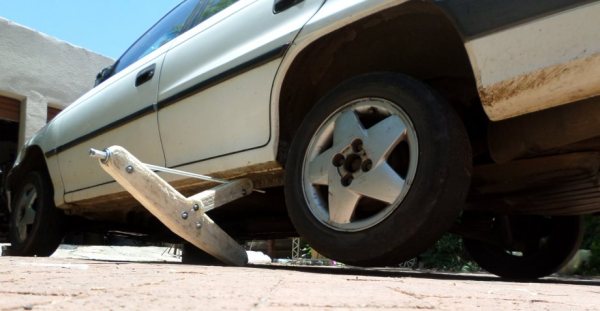
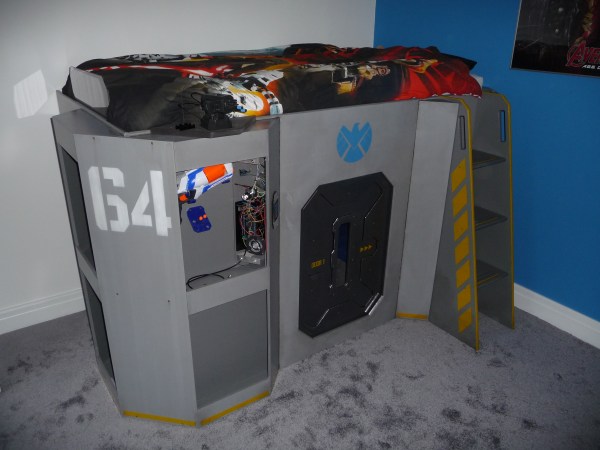
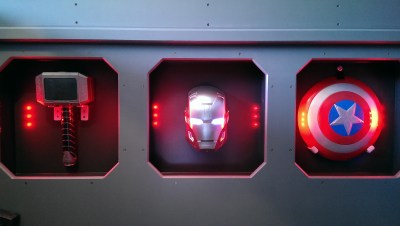 Inside are glowing display cases featuring some of his son’s favorite Marvel superhero’s equipment — ready for use. But what’s really cool is the command console.
Inside are glowing display cases featuring some of his son’s favorite Marvel superhero’s equipment — ready for use. But what’s really cool is the command console.